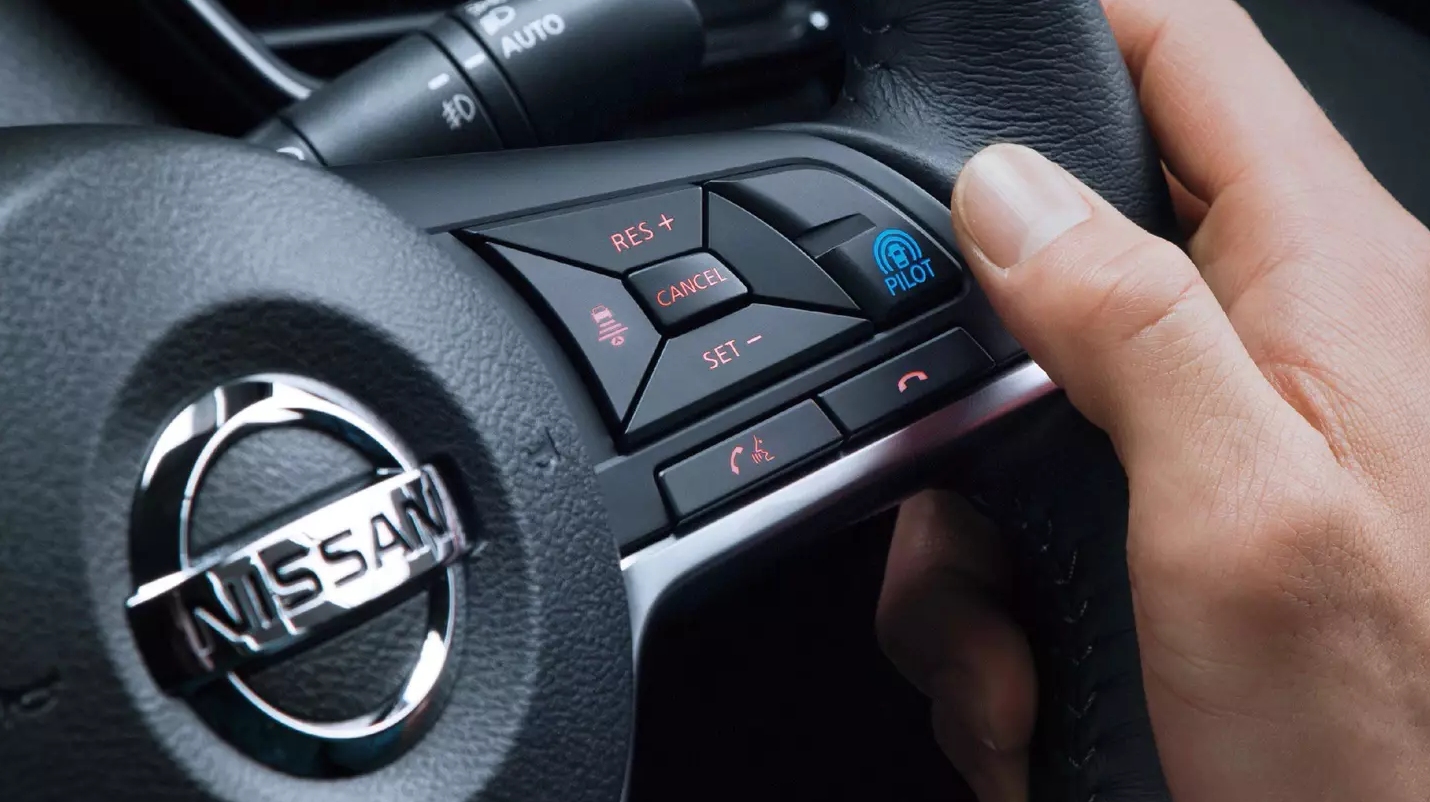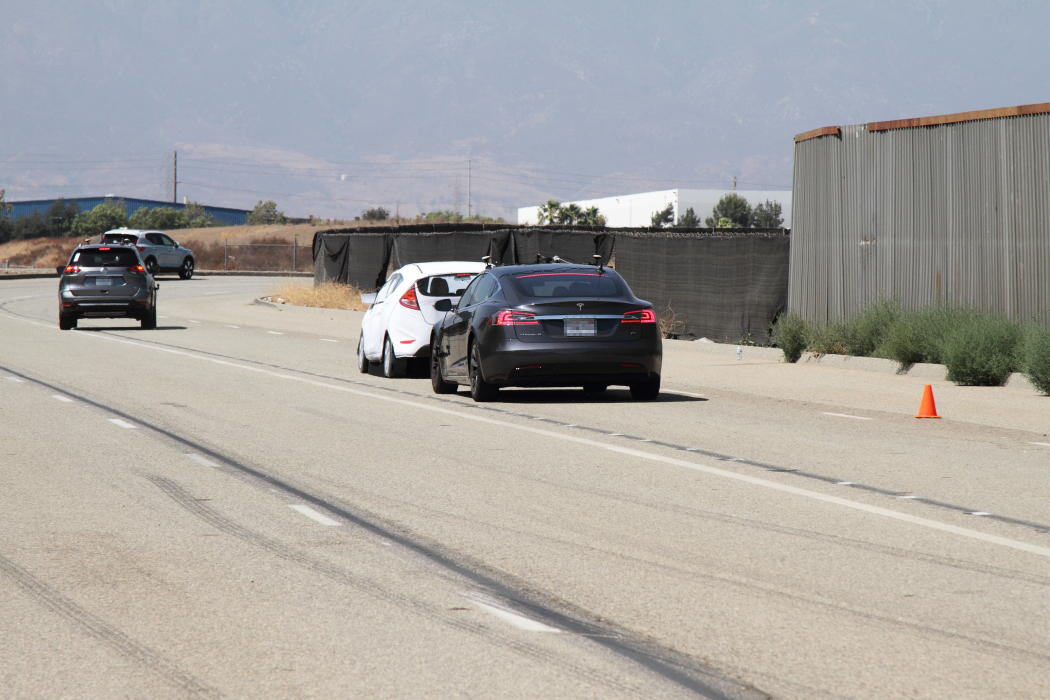Actually, you're likely to trade one blind spot for another using these techniques. Cyclists in particular become hard to spot when their almost - but not quite - right next to you. In the 90's there was a trend to attach smaller fisheye mirrors to the bottoms of the regular ones. This didn't last long, however, and I've always wondered why.
That is very similar to what I was speaking of in terms of having a car right next to you. I'm not in an area where there are high density cyclists (though there are bicycle lanes almost everywhere), so I cannot say what the view of cyclists is like for me. As I said, though, I adjust my side-view mirrors so that the car next to me is in my peripheral vision as it leaves my side-view mirror. I think that's the best that can be accomplished.
There are blind spots looking forward. Rear view mirrors do nothing for those.
I agree - but it depends on the car you are driving as to the magnitude of those blind spots. In my present vehicle, a 2006 Prius, the forward blinds spots, so far, have not impacted my driving. Here is what one company is proposing to eliminate those blind spots. -
https://www.oled-info.com/continent...iles-pillar-flexible-oleds-combat-blind-spots
Remind me who was demanding ever safer cars to protect their precious children?
Right, boomers.
Boomers are ALSO the largest group of automotive purchasers. AND boomers are the group most likely to have the money to spend on more expensive cars and their assisted driving cars. If there is a trend in newer cars, you look at the largest buying group, not the group both most likely to be unable to afford a new car as well and being the group most interested in not owning a car anyway
Maybe so - but that does not mean that those who have the disposable income to afford these vehicles are more attentive to the true capabilities of the systems in the vehicles.
For me, I have more than enough income to be comfortable, and when my snow blower developed problems this week, I was all set to have the store I bought it from come to my door and pick it up to repair at an > $200 cost - until they told me that they were four-weeks behind on their repairs. After some suggestions, I replaced the spark plug and found that there was a bolt missing on the starter motor. Total cost for me to repair myself including a quart of synthetic oil (something of which I am more than capable to begin with) < $20.00.
Not falling for marketing, at any income level, requires, IMO, a finely-tune

detector. Those with significant amounts of disposable income are more likely to overspend without verifying marketing claims. I have a friend that deals in comic books and has significant amounts of disposable income because of that. One thing that I note is that this friend seems to think that if it costs the most, it has to be the best - which, IMO, is a complete fallacy.
It is not necessarily in the age group - as my first post may have lead anyone to believe that I was saying - it is in the fallacy that what one thinks they are being sold on - marketed, especially if it is expensive, must be what is in the product, and believing that is fallacy.
I have learned the hard way. I've fallen for my share of marketing over the years where I thought that product capabilities were greater than what they really were. I routinely find myself being more and more skeptical of marketing claims so much so that I will investigate as best I can before committing to a purchase.
Mirrors do not give 100% rear coverage. "blind spots" refer to areas you cant see with your mirrors properly adjusted, you must physically turn around to see them, hence the name. Especially modern cars, with massive pillars. You cant see out the back of modern cars because the pillars are too damn think. In the 90s, we fixed this by having a smaller sub mirror to look further out while the main mirror was set to show everything beside you. Modern cars suck for visability, to say nothing of forward visibility with high beltlines and thick A pillars and B pillar placement making you feel like you are wearing goggles in a bathtub. Stepping out of my 2014 work focus into my 91 F250 is like stepping into a glass box, you can see EVERYTHING in the old truck.
My 2006 Prius, to me anyway, sounds quite similar to the glass box you are speaking of. Adjusting mirrors properly is a step to minimizing the blind spots regardless of vehicle structure - at least as I see it. Being aware of those blind spots and what is required to minimize their impact, properly adjusted mirrors, looking around, etc., should be SOP for any driver.
There is one other factor, too, that this article has left out that, from at least some news reports, seems to have a significant impact. That is distraction while driving. Combine the two, thinking the car is more capable than it is in terms of self-driving capabilities and distraction, and IMO, there's a recipe for disaster.

